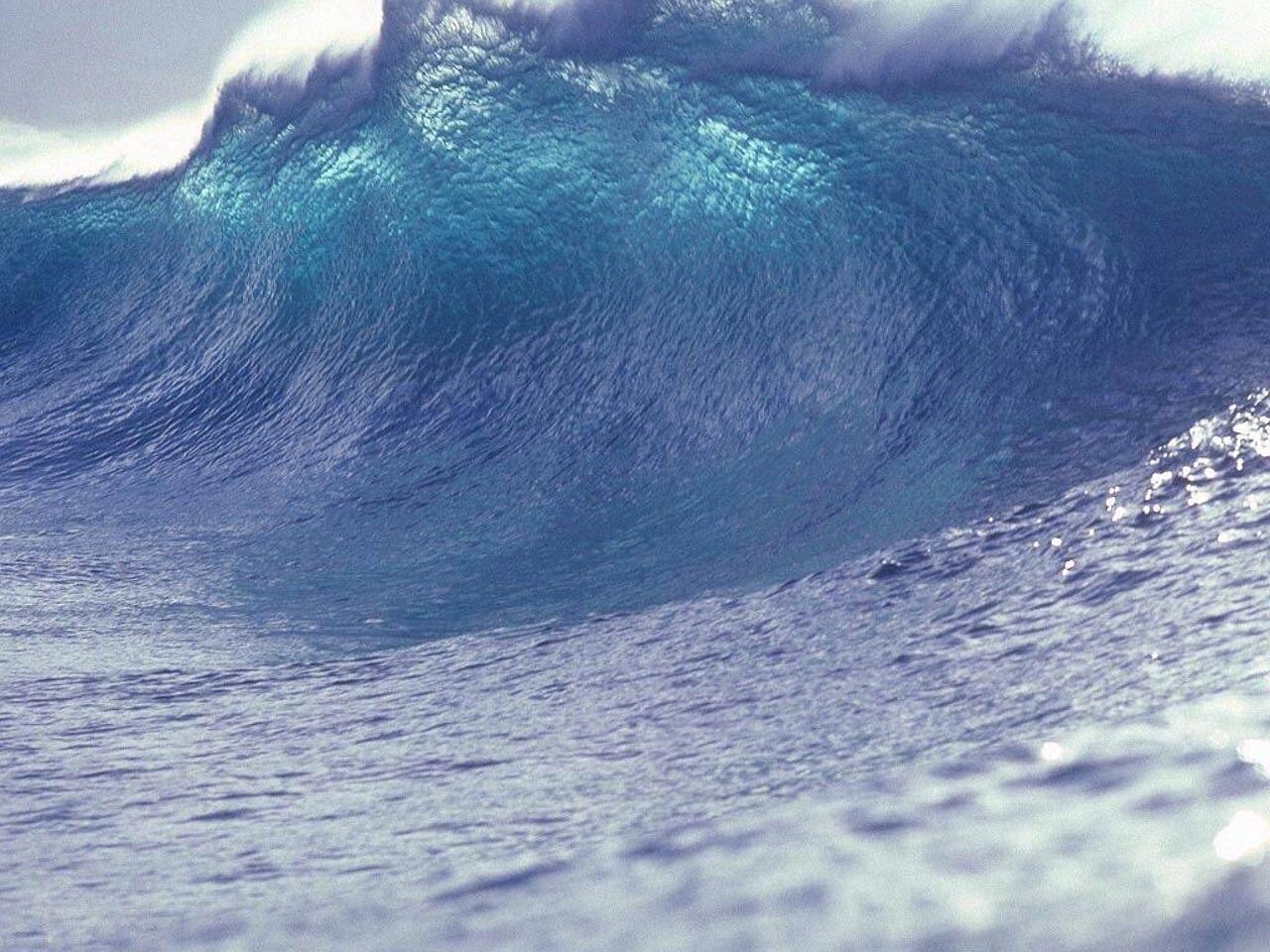Coastal California Tsunami Vulnerability: A Geographic Analysis

Welcome to your ultimate source for breaking news, trending updates, and in-depth stories from around the world. Whether it's politics, technology, entertainment, sports, or lifestyle, we bring you real-time updates that keep you informed and ahead of the curve.
Our team works tirelessly to ensure you never miss a moment. From the latest developments in global events to the most talked-about topics on social media, our news platform is designed to deliver accurate and timely information, all in one place.
Stay in the know and join thousands of readers who trust us for reliable, up-to-date content. Explore our expertly curated articles and dive deeper into the stories that matter to you. Visit Best Website now and be part of the conversation. Don't miss out on the headlines that shape our world!
Table of Contents
Coastal California Tsunami Vulnerability: A Geographic Analysis
A looming threat? Understanding California's tsunami risk and preparedness.
California's stunning coastline, a magnet for tourists and residents alike, harbors a hidden danger: the potential for devastating tsunamis. While not as frequently hit as other regions of the Pacific Rim, California's geographic location makes it vulnerable to tsunami events originating from distant megathrust earthquakes or closer submarine landslides. This article delves into the geographic factors contributing to this vulnerability, exploring the areas most at risk and examining current preparedness strategies.
California's Geographic Achilles Heel: The Cascadia Subduction Zone
The most significant threat to California's coast comes from the Cascadia Subduction Zone (CSZ), a 600-mile-long fault line stretching from northern California to Vancouver Island. A massive earthquake along the CSZ could generate a tsunami with devastating consequences for the entire West Coast. The proximity of major population centers like Seattle, Portland, and numerous coastal California cities to this fault line significantly increases the risk. The potential for a large-scale earthquake and subsequent tsunami along the CSZ is a subject of ongoing scientific research and a major focus of emergency preparedness efforts. [Link to USGS information on Cascadia Subduction Zone]
Beyond the CSZ: Other Tsunami Threats to California
While the CSZ poses the greatest threat, California also faces risks from other sources:
- Alaska and Aleutian Islands Earthquakes: Tsunamis generated from earthquakes in Alaska and the Aleutian Islands can take several hours to reach California, giving some warning time, but still presenting a significant danger to coastal communities.
- Local Submarine Landslides: Underwater landslides, particularly along the steep continental slopes off California's coast, can trigger localized tsunamis with rapid onset, leaving little time for evacuation. These events are less predictable and often smaller in scale than those caused by megathrust earthquakes, but still pose a significant threat to nearby coastal areas.
Geographic Vulnerability: Identifying High-Risk Areas
California's coastal geography varies considerably, influencing tsunami vulnerability. Areas with:
- Low-lying coastal plains: These areas are particularly susceptible to inundation from tsunami waves.
- Narrow coastal shelves: These reduce the wave's energy dissipation before it reaches the shore.
- Bay and estuary systems: These can amplify the effects of incoming tsunami waves, leading to increased flooding and damage.
are considered high-risk zones. Specific cities and towns along the coast are actively involved in hazard mapping and risk assessment initiatives to better understand and mitigate potential damage. [Link to California Geological Survey tsunami information]
Improving Tsunami Preparedness in Coastal California
California has made significant strides in improving tsunami preparedness. These efforts include:
- Early warning systems: The National Oceanic and Atmospheric Administration (NOAA) operates a sophisticated tsunami warning system that provides timely alerts to coastal communities.
- Evacuation planning: Many coastal communities have developed detailed evacuation plans, including designated evacuation routes and assembly points.
- Public education: Ongoing public education campaigns aim to increase awareness of tsunami risks and preparedness measures.
- Building codes and infrastructure: Improved building codes and infrastructure projects help to minimize damage from tsunami waves.
Conclusion: A Continuous Effort
California's coastal communities face a significant, though manageable, tsunami risk. Continuous monitoring of the CSZ and other potential tsunami sources, coupled with robust early warning systems and comprehensive evacuation plans, are vital for mitigating the potential impact of future tsunami events. Understanding the geographic factors that contribute to tsunami vulnerability is crucial for effective preparedness and response. Staying informed, participating in community preparedness initiatives, and developing a personal evacuation plan are essential steps every Californian living in a coastal area should take.
Call to Action: Learn more about your local tsunami evacuation plan and participate in community preparedness drills. Visit your local emergency management office website for further information.

Thank you for visiting our website, your trusted source for the latest updates and in-depth coverage on Coastal California Tsunami Vulnerability: A Geographic Analysis. We're committed to keeping you informed with timely and accurate information to meet your curiosity and needs.
If you have any questions, suggestions, or feedback, we'd love to hear from you. Your insights are valuable to us and help us improve to serve you better. Feel free to reach out through our contact page.
Don't forget to bookmark our website and check back regularly for the latest headlines and trending topics. See you next time, and thank you for being part of our growing community!
Featured Posts
-
 Sovereignty The 2025 Belmont Stakes Winner And Triple Crown Champion
Jun 10, 2025
Sovereignty The 2025 Belmont Stakes Winner And Triple Crown Champion
Jun 10, 2025 -
 England Vs Senegal Live Radio Commentary Text Updates And Stats
Jun 10, 2025
England Vs Senegal Live Radio Commentary Text Updates And Stats
Jun 10, 2025 -
 Complete Guide 2025 Gold Cup Stadiums And Host Cities
Jun 10, 2025
Complete Guide 2025 Gold Cup Stadiums And Host Cities
Jun 10, 2025 -
 Dominican Republic Wander Franco Arrested Gun Possession Allegations
Jun 10, 2025
Dominican Republic Wander Franco Arrested Gun Possession Allegations
Jun 10, 2025 -
 42 Years On Koeman Meets Son Of Maltese Player From Iconic World Cup Match
Jun 10, 2025
42 Years On Koeman Meets Son Of Maltese Player From Iconic World Cup Match
Jun 10, 2025
